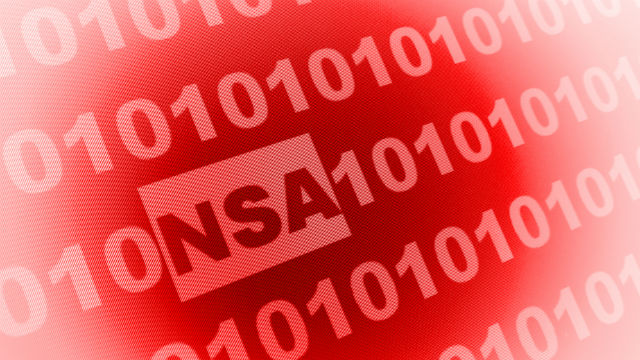Plugging into the Power of Everyday Sensors

Sensors silently surround us. Thermostats, alarm systems, traffic lights and even our phones…each contain sensors that detect changes in the environment such as light, sound, movement and location and are literally everywhere. We haven’t even begun to harness their full potential. Taking everyday sensors and the data they generate online will advance the progression of the Internet of Things, where in the future virtually everything will have a digital footprint.
Typically stories in the media about sensors are sensational, like sensors traversing a person’s blood stream to detect illness. However, sensors don’t have to be complex to be useful. Strategically placed sensors in ordinary places can give businesses invaluable insights into their customers and operations to generate revenue, streamline operations, deepen customer relationships and more.
Most everyday sensors are self-contained and serve limited, simple and specific functions. Consider a door chime that signals a customer has entered the store. Knowing when to look alert is great, but what if businesses did much more with sensors such as expanding their placement and collecting the sensor data over time for later analysis? There’s immense opportunity to collect and analyze data from the environment and compare it with other sources of information. When sensors are connected, and their data analyzed, they become apart of the Internet of Things and then new opportunities and innovations emerge.
For example, every time the door of a freezer is opened in a grocery store what do we know? We know when it was opened and for how long. We know the time of day, day of the week and month. But, what can we learn from this to improve the customer experience or generate revenue? Pinpointing what doors get more traffic than others can alter product placement strategies. We can compare door data to point of sale data to see how many people browse but don’t buy. What about adjusting temperature to keep it even to account for the door being open? Then, we can even dig deeper to glean more useful insights into customer behavior and store operations.
We can watch how people access the doors for a few days and observe the kinds of things we want to learn – i.e. how long is the door open when people are browsing vs. purchasing? Then when we capture the data and surmise what’s happening – instead of “the door was open for 13 seconds at 11:25 am Saturday” we might be able to say “a customer appears to be browsing before lunch on the weekend” and maybe eventually “we have a lot of browsing in the freezers on weekends around lunch, what can we do to increase conversion?” Even though wiring everyday sensors seems so simple, the data can tell us a lot.
As we explore the possibilities of plugging into the power of everyday sensors, we need to constantly keep in mind what we want to learn and why. Pretty quickly an army of simple sensors will generate mountains of information at an unprecedented pace, contributing to the Big Data phenomenon.
Connecting everyday sensors to the Internet opens the door to the possibilities of the Internet of Things. And, it doesn’t require major investments to get things going. What can you learn from a simple sensor? I suggest to my clients that they tap into some sensors they already have available or they install new, inexpensive sensors to a few important objects or places to test the waters. The opportunities are limited only by imagination.
Chris Curran is an Advisory principal and Chief Technologist for PwC. He can be reached at [email protected]. © 2013 PricewaterhouseCoopers LLP, a Delaware limited liability partnership. All rights reserved. PwC refers to the US member firm, and may sometimes refer to the PwC network. Each member firm is a separate legal entity.
Please see www.pwc.com/structure for further details. This content is for general information purposes only, and should not be used as a substitute for consultation with professional advisors.





